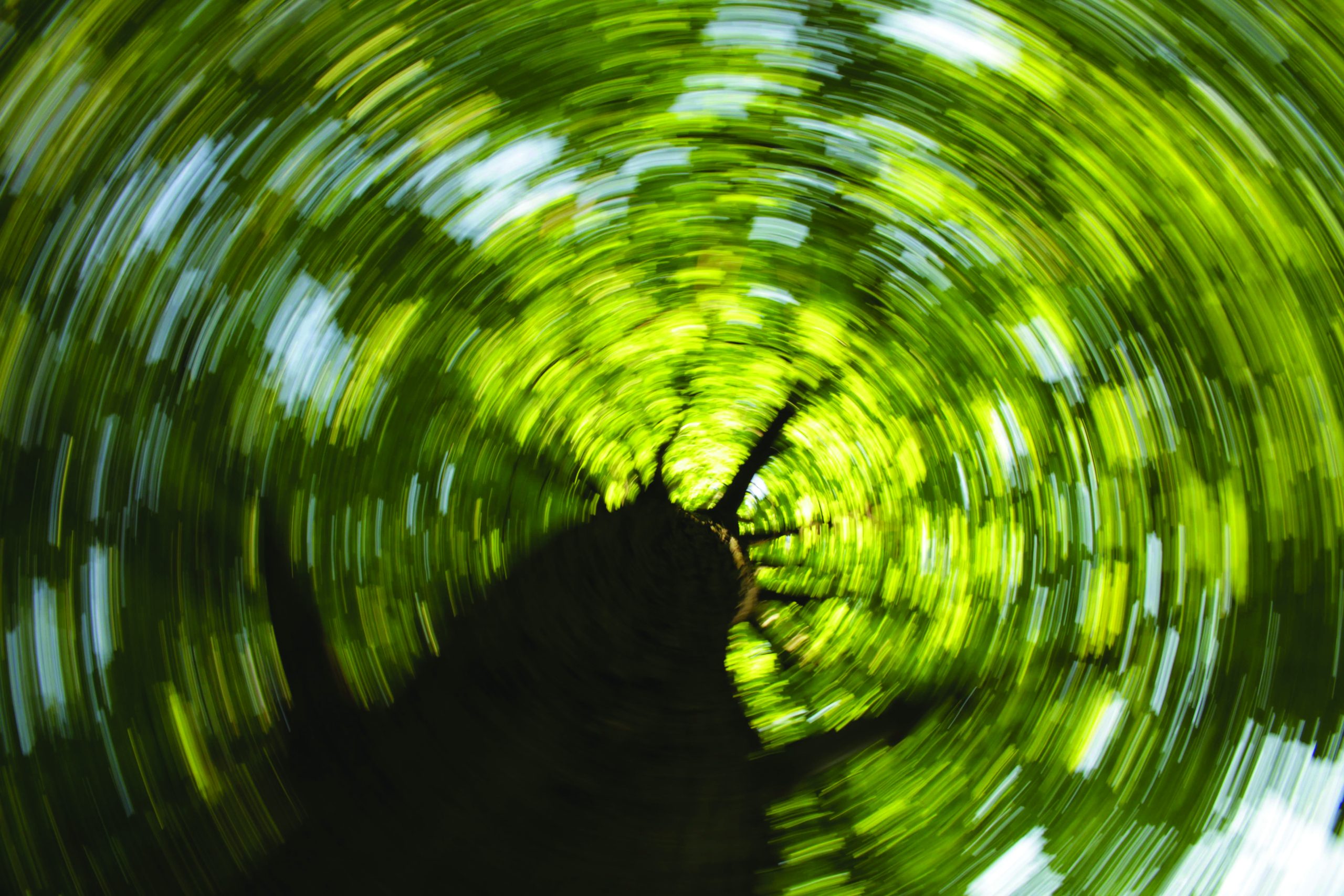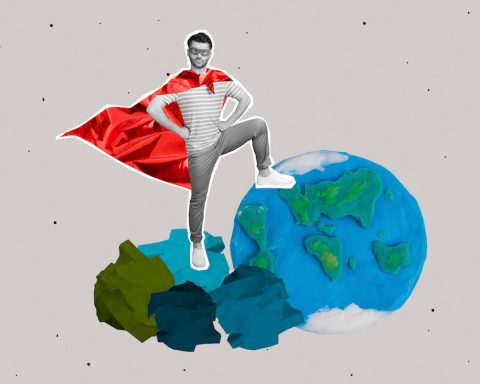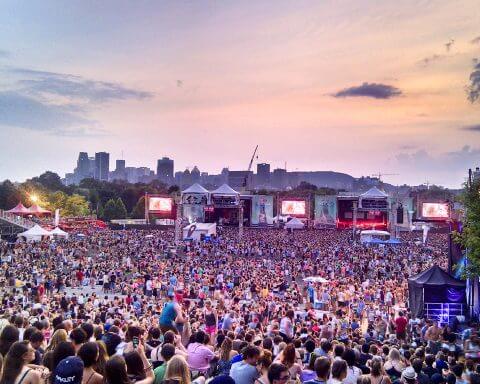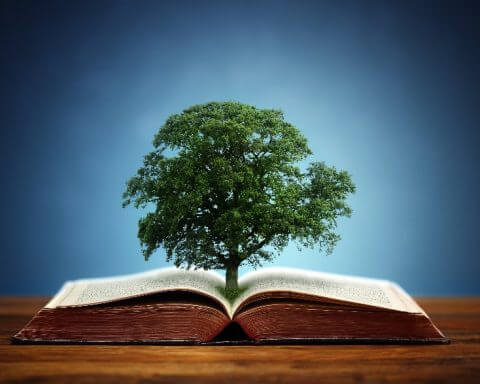With little headway being made by government and corporate leaders to limit climate-heating emissions, vanishing biodiversity, rampant deforestation and the like, frustration is mounting around the globe. Rather than organizing another series of protest marches, climate activists have been resorting to more unusual tactics.
From hurling maple syrup at an Emily Carr painting, mashed potatoes at a Monet and soup at a van Gogh, to gluing themselves to gallery walls, climate activists have been focusing on powerful cultural symbols to draw attention to their cause. It’s not lost on the activists that many of these artworks were directly inspired by the natural world.
Museum leaders have both condemned and sympathized with the protesters. In November, the International Council of Museums noted that it “wishes for museums to be seen as allies in facing the common threat of climate change.”
Regardless of whether the art protests succeed in creating allies or adversaries, the connection between art and climate has grown increasingly pertinent and powerful in recent years. Well-known artists like Danish-Icelandic installation artist Olafur Eliasson and Canadian photographer Edward Burtynsky have created provocative works about the climate emergency. Artists don’t want to be sidelined in conversations about our planet’s future.
Heaven and hell in the anthropocene
This was certainly the case at the COP27 climate summit in Egypt in November, where delegates were treated to some thought-provoking art installations. Turkey’s pavilion, for example, displayed 14 sculptural “portraits” created by Deniz Sağdıç from waste she’d collected. In the children and youth pavilion, Indian artist Shilo Shiv Suleman painted a mural of three female climate activists standing up to the industrial players who are decimating regions in the Global South.
But perhaps the most discussed of these pieces has been Egyptian artist Bahia Shehab’s Heaven and Hell in the Anthropocene. This installation included two rooms that were intended to represent humanity’s potential futures. After choosing which room to enter, visitors would be treated to vastly different temperatures, smells, sights and sounds to simulate either the “hell” of not addressing the climate crisis or the “heaven” of effective climate action.
Shehab’s exhibit – which will be shared via an open licence for others to recreate – tried to trigger a visceral response to climate change. Inspired by a 2011 study that showed that people were less likely to show apathy toward climate change when immersed in higher temperatures, Shehab wanted to help people directly experience the impacts of global heating.
Web of Canadian climate art
Shehab is part of a growing movement of artists worldwide who are testing new models to incite action on climate. This movement is evident in such global organizations as Music Declares Emergency, U.S.-based organizations like the Arts & Climate Initiative and the Climate Museum, and several Canadian groups.
One of these Canadian organizations, SCALE/LeSAUT, links artists from across the country to brainstorm ideas for how the cultural sector can have an impact on high-level policy initiatives. A more grassroots initiative, the Climate Art Web (CAW-WAC), attempts to connect climate artists to create community and discuss best practices. Some of these best practices have included focusing on open resource sharing as well as developing a decolonizing toolkit to support collaborative practices between Indigenous and non-Indigenous artists. CAW-WAC also offers a Climate Art Map to help artists and organizations invested in climate justice find one another across northern Turtle Island. Interestingly, rather than use colonial boundaries (such as provincial and national borders), the map uses ecozones and Indigenous territories to align with CAW-WAC’s decolonizing goals.
CAW-WAC is the brainchild of the climate art collective TRAction, which also recently launched a social media campaign called the 10 Ways Project. This project brings together 10 artists from across the country to tackle a specific theme, in this case “10 Ways to Fix the Planet.” After participating in facilitated sessions with climate experts and activists, the artists – who range from circus performers to spoken word artists to actors and more – each created a one-minute short to be shared on various social media platforms.
The videos range from satirical – as in Kitchener-based comedian Ben Gorodetsky’s Eat the Rich video – to more earnest critiques of our habits. For instance, in Vancouver-based dance artist Kaili Che’s video, she takes on the fast fashion industry by starting in her own closet. From quickly cycling through her outfits to seemingly being drowned by them, Che offers an artistic statement about the volumes of clothing that are overwhelming landfills.
Another of the 10 Ways artists is Sandra Lamouche, a Cree dancer and storyteller now living on the Kainai Nation in southern Alberta. Her work for the 10 Ways Project, called Stewardess of the Land, has spawned a larger project called Just Breathe, Okâwîmâwaskiy, which I am co-creating in collaboration with Lamouche. Concerned about the apathy and general disregard for the climate crisis that we’ve witnessed in southern Alberta, Lamouche and I decided to take a different approach.
When Just Breathe, Okâwîmâwaskiy premieres in Calgary in January 2023, small audiences of 25 people will be led on an immersive journey that both simulates and soothes climate anxiety. Yet, like Bahia Shehab’s work for COP27, the journey is meant to jolt audiences out of complacency and present alternative solutions to our dilemma.
What such efforts demonstrate is that artists are not only drawing attention to the crisis; they are also exploring ways to change our daily responses to it. This does not mean that climate artists are naive about how critical it is for political leaders and the corporate sector to step up. Rather, it shows that artists are aware of how influential people’s behaviours, patterns of consumption and value systems are for achieving significant change. And, importantly, in our heavily polarized society, art and artistic processes might be one of the only ways to keep dialogue about such changes open and amicable.
Melanie Kloetzel is co-director of the climate art collective, TRAction, and a professor of dance at the University of Calgary.







